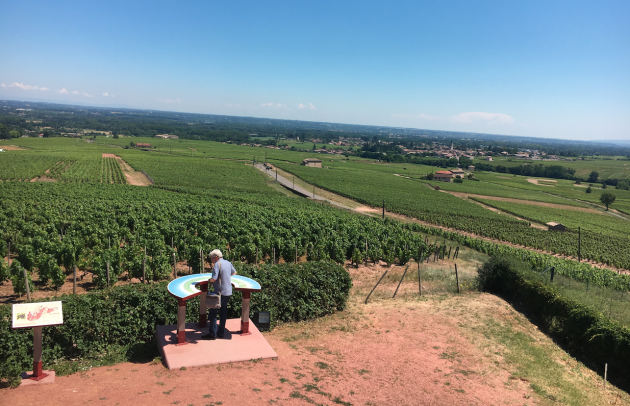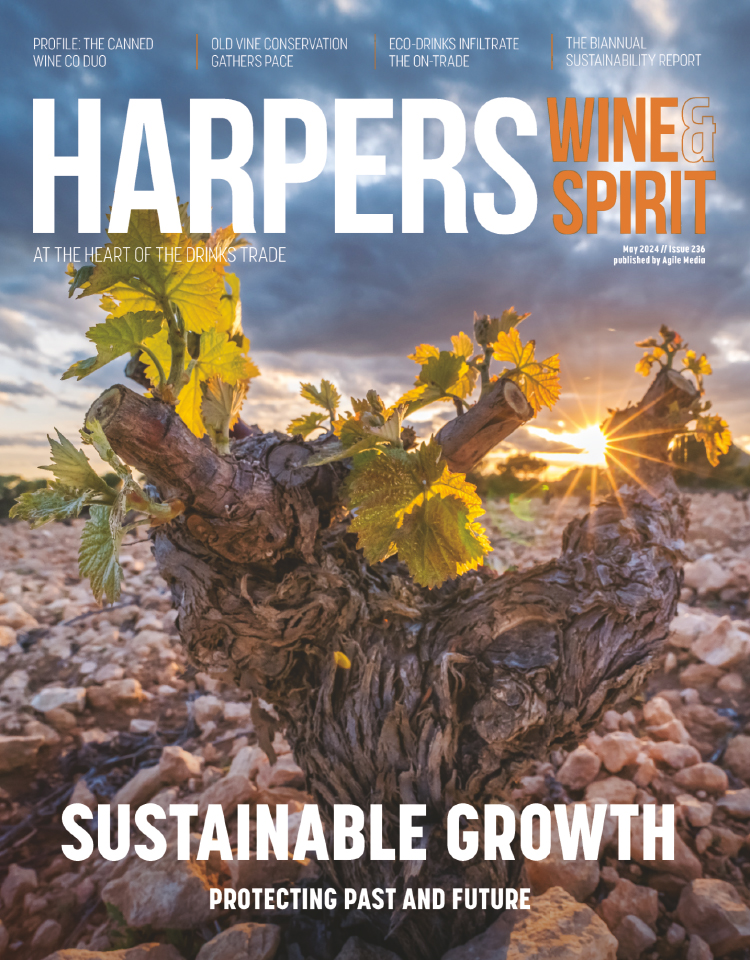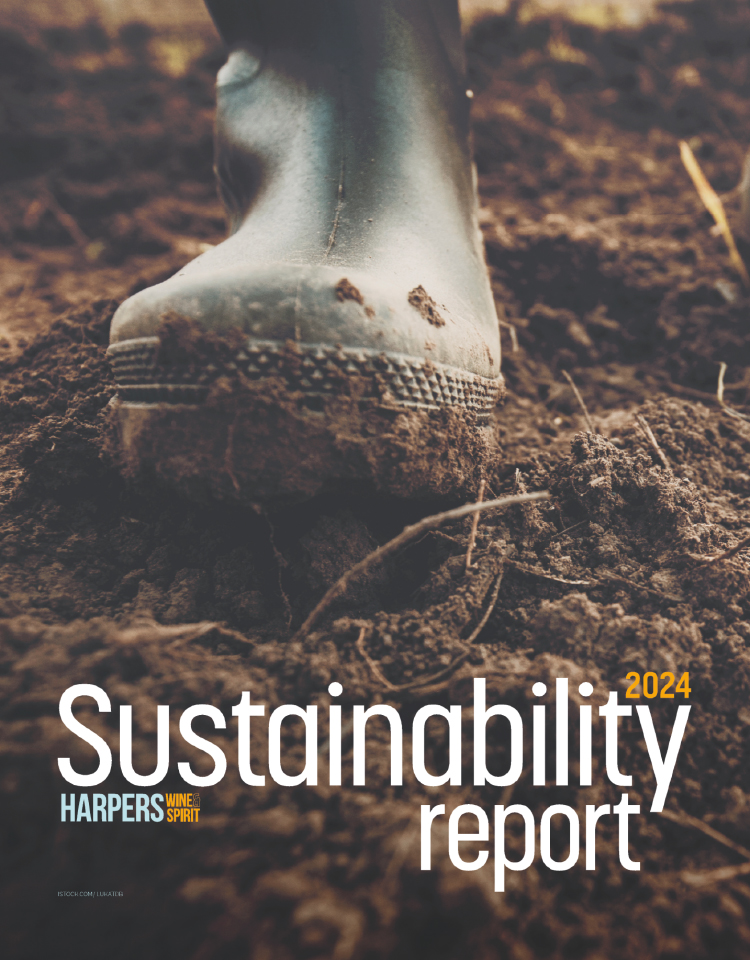
Beaujolais moves towards becoming part of a united Great Burgundy
Times are a changing for Beaujolais as it moves towards becoming part of the united wine region of Grande Bourgogne - Great Burgundy
Hit by diminished production over the past twenty years and the decline of Beaujolais Nouveau, growers and wine houses are diversifying production by grubbing-up some red vines and replanting white varieties to make Cremant de Bourgogne with Chardonnay, along with Pinot Noir, and also with Gamay. Yields have improved and the prices of white grapes are higher than reds. As one grower put it: “This shift to Cremant is allowing growers to balance their books.”
Meanwhile, a long-term strategy for the recovery of the reds of Beaujolais is starting to bear fruition.
A major ten-year project to geologically map Beaujolais has been completed. It will allow industry players to push for the official recognition of its newly delimited climats ahead of the creation of the first Premier Crus in Beaujolais.
“Today we have a complete geological cartography of Beaujolais which gives us credibility as we move to claim official recognition for the climats of Beaujolais,” said Laurent Chevalier, winemaker and managing director of Beaujolais producer Henry Fessy.
“This is first step ahead of establishing Premier Crus in Beaujolais,” said Chevalier.
The geological mapping of Beaujolais has allowed the region to delimit and determine with precision the soils of its plots of land.
Whilst Climats in Burgundy are well established, it’s the first time such extensive geological cartography has been completed in Beaujolais.
Meanwhile producers like Henry Fessy, who this year has secured a major order from Waitrose for its Fleurie 2014 Le Pavillion, are gradually switching their vineyards to organic viticulture and some are not using Beaujolais on their labels.
Running parallel to the new dynamism of viticulture found in Beaujolais are the new political steps being taken towards creating Grande Bourgogne, which could lead to the establishment of the merger of the wine boards of Burgundy and Beaujolais.
“The wine board of Beaujolais is financed partly according to the amount of hectolitres produced, so with the decline of production over the past 20 years, Beaujolais has lost power.
“Bringing Beaujolais under the wing of Grande Bourgogne would strengthen Beaujolais financially. It could work like Chablis which retains part of its own budget within the Burgundy wine board,” Chevalier said.
He added: “France’s Ministry of Agriculture wants one single interlocutor to communicate with rather than different bodies.”
Growers in Burgundy however remain reticent to embrace any moves towards establishing a greater Burgundy.
“With increased Chardonnay and Pinot Noir production in Beaujolais at a lower prices than in Burgundy, we fear that the Beaujolais producers will start to unbalance the market – this could be detrimental to Burgundy growers,” said a grower in Burgundy.
In the Les Pierres Dorées area of Beaujolais Louis Latour now has 20 hectares of Pinot Noir. In the meantime, there are new moves to establish a new category for high-end Gamay in Les Pierres Dorées with stricter production rules.
Moves to establish a Grande Bourgogne wine board comes after the separate Unions des Maisons de Vins de Bourgogne and Beaujolais merged in December 2016 to create a single Fédération des Négociants Éleveurs de Grande Bourgogne.
“With the increased presence of Burgundy wine houses in Beaujolais, very few independent wine houses remain in the region, other than Georges DuBoeuf,” Pierre Gernelle, MD of the new Fédération des Négociants Éleveurs de Grande Bourgogne, told Harpers.
“This new organisation is strictly political and will bring more efficient management,” he said, adding in order to diversify their supply numerous Burgundy House have opted to invest in Beaujolais.
“There are numerous synergies between the two regions especially now that Beaujolais producers have diversified their production by developing regional Burgundy appellations such as Coteaux Bourgognes and Cremant de Bourgogne which has becomes a great success.”
Meanwhile he said moves to transform certain existing Crus into Premiers Crus in Beaujolais was justified due to the geological mapping of the region which he said now provides a “a true delimitation of soils and truly explains exposure to sun and soil in a precise manner”.
Moves towards establishing Grande Bourgogne have also been reinforced with an increasing number of Burgundy houses investing into the popular neighbouring wine region of Jura, which was once part of the Kingdom of Burgundy.
Whilst the Fédération des Négociants Éleveurs de Grande Bourgogne includes the wine houses of Jura and Savoie, Gernelle reckons the Jura and Savoie won’t ever be part of single Grande Bourgogne Wine Board.
“Viticulture in the Jura is quite distinct and it does not have the same ancestral ties shared between Beaujolais and Burgundy,” he said.
But producers in Burgundy say they would not be surprised if Louis Latour invests in Jura. “I dream of a Great Burgundy: I want to create a single wine region from Chablis to Lyon,” owner Louis-Fabrice Latour famously said last year.
Louis-Fabrice Latour is widely known for wanting to invest in areas in and surrounding Burgundy, but only at a distance that enables him to return back in time to the Cote d’Or for lunch.





